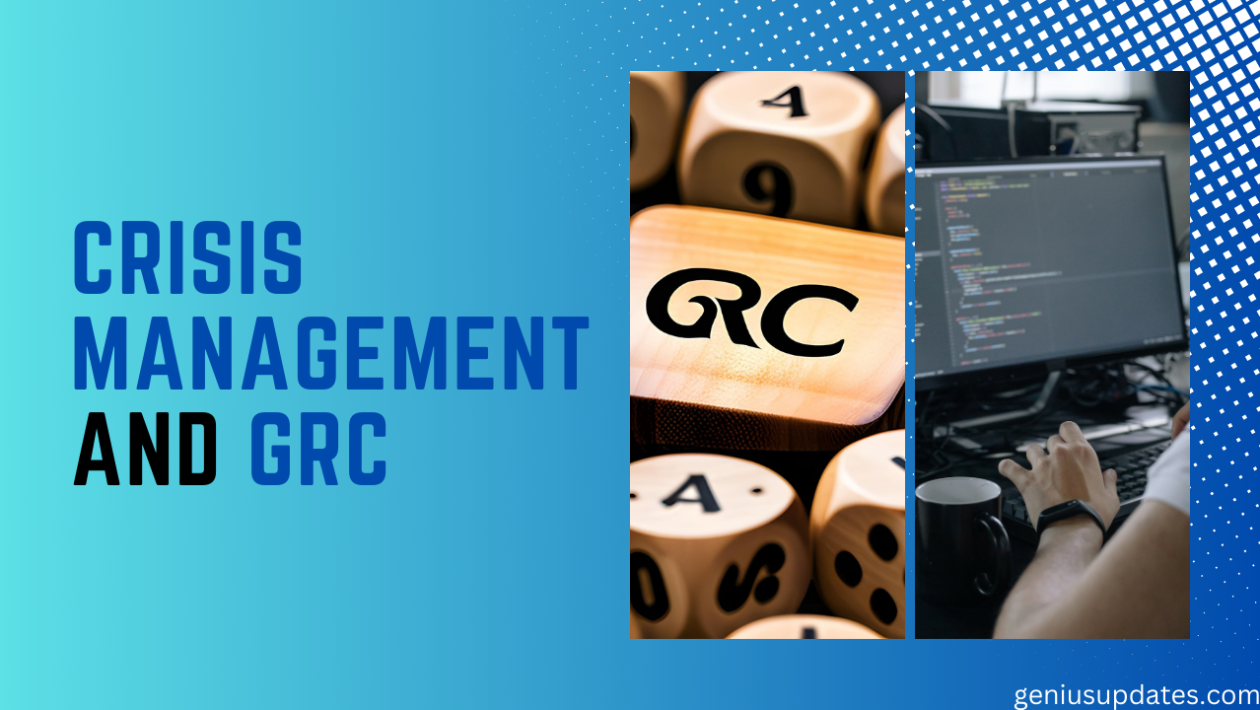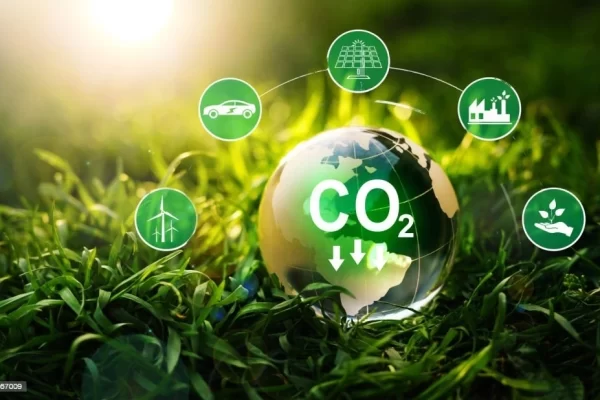In an increasingly interconnected and volatile world, organizations face a growing number of threats that can disrupt operations, damage reputation, and jeopardize their very existence. These threats can take many forms, from natural disasters and cyberattacks to financial crises and pandemics. To navigate this complex landscape, organizations need a robust crisis management framework combined with effective Governance, Risk Management, and Compliance (GRC) practices. This article delves into the critical relationship between crisis management and GRC, emphasizing how preparedness can enhance resilience in today’s unpredictable environment.
Table of Contents
Understanding Crisis Management
Crisis management is the process of preparing for, responding to, and recovering from any event that threatens an organization’s ability to operate efficiently and protect its stakeholders. These crises can encompass a wide range of scenarios, including but not limited to:
- Natural Disasters: Earthquakes, hurricanes, floods, wildfires, and other natural events.
- Cybersecurity Incidents: Data breaches, ransomware attacks, and system outages.
- Financial Crises: Economic downturns, stock market crashes, and bankruptcy threats.
- Reputational Damage: Scandals, public relations nightmares, and social media crises.
- Pandemics: Health crises that disrupt normal operations and supply chains.
Crisis management involves several key components:
1. Preparedness
Preparedness is the foundation of crisis management. It involves identifying potential risks, developing strategies to mitigate them, and creating a well-defined crisis response plan. This plan should outline roles and responsibilities, communication strategies, and resources required to address the crisis effectively.
2. Response
When a crisis occurs, the organization must execute its crisis response plan. This phase involves containing the crisis, providing immediate assistance to those affected, and ensuring that the organization’s core functions continue to operate as smoothly as possible.
3. Recovery
After the crisis has been managed, the organization enters the recovery phase. This involves rebuilding, learning from the crisis, and making necessary improvements to prevent similar incidents in the future.
The Role of Governance, Risk Management, and Compliance (GRC)
GRC is an integrated approach to managing an organization’s governance, risk, and compliance functions. It encompasses a set of practices, policies, and technologies that help organizations align their operations with their goals, manage risks effectively, and ensure compliance with relevant laws and regulations. GRC can be broken down into three main components:
1. Governance
Governance refers to the systems and processes that enable organizations to make strategic decisions, allocate resources, and define responsibilities. Effective governance ensures that the organization’s leadership is accountable and that it operates ethically and responsibly.
2. Risk Management
Risk management involves identifying, assessing, and mitigating risks that could impede the organization’s ability to achieve its objectives. This includes financial risks, operational risks, compliance risks, and reputational risks.
3. Compliance
Compliance involves adhering to laws, regulations, industry standards, and internal policies. Organizations must demonstrate compliance to avoid legal issues, reputational damage, and financial penalties.
The Synergy between Crisis Management and GRC
The relationship between crisis management and GRC is symbiotic. Each component of GRC plays a vital role in enhancing an organization’s crisis preparedness and resilience.
1. Governance and Crisis Management
Effective governance provides the framework for decision-making during a crisis. It ensures that there is clarity regarding who has the authority to make critical decisions and how those decisions align with the organization’s overall mission and values. When a crisis strikes, a well-governed organization is better equipped to make swift and effective decisions.
Moreover, governance can establish crisis management committees and assign specific roles and responsibilities to individuals or teams. This ensures that everyone knows their duties during a crisis, which is crucial for a coordinated response.
2. Risk Management and Crisis Management
Risk management is closely tied to crisis preparedness. Identifying and assessing risks allows organizations to prioritize their efforts in preparing for potential crises. By understanding the various risks they face, organizations can allocate resources strategically and develop contingency plans tailored to specific scenarios.
For example, a financial institution that identifies cybersecurity risks may invest in advanced security measures and develop an incident response plan for cyberattacks. This proactive approach minimizes the impact of such crises when they occur.
3. Compliance and Crisis Management
Compliance is not just about adhering to external regulations; it also encompasses internal policies and standards. During a crisis, organizations must ensure that they continue to operate within the boundaries of applicable laws and regulations. Failure to do so can lead to legal and reputational consequences.
Additionally, compliance can play a role in crisis prevention. For instance, a healthcare organization’s compliance with strict hygiene protocols and disease control measures can reduce the risk of a disease outbreak becoming a full-blown pandemic.
4. Crisis Management and GRC Technology
Modern technology plays a pivotal role in both crisis management and GRC. Integrated software solutions can facilitate communication, data analysis, and reporting during a crisis. For example:
Communication Tools: These enable real-time communication among crisis management teams, stakeholders, and the public. Social media monitoring tools can help organizations track and respond to emerging crises in the digital sphere.
Risk Assessment Software: Advanced risk management software can assess various risk factors, allowing organizations to prioritize risks and allocate resources accordingly.
Compliance Management Systems: These systems help organizations track their compliance with regulations and standards, reducing the likelihood of compliance-related crises.
Data Analytics: Data-driven insights can aid in decision-making during a crisis and in post-crisis analysis for continuous improvement.
The Benefits of Integration
To achieve the highest level of preparedness and resilience, organizations should strive for integration between crisis management and GRC practices. This integration offers several key benefits:
1. Enhanced Risk Awareness
Integrating crisis management and GRC ensures that risk assessments and crisis scenarios are aligned. This synergy leads to a deeper understanding of the organization’s risk landscape, allowing for better-informed decision-making.
2. Improved Resource Allocation
When risk assessments are integrated, organizations can allocate resources more efficiently. For example, if a risk assessment identifies a high likelihood of a cyberattack, the organization can allocate additional resources to bolster cybersecurity measures and develop an incident response plan.
3. Streamlined Communication
Effective communication is critical during a crisis. Integrating crisis communication plans into GRC practices ensures that messaging is consistent and aligned with the organization’s overall objectives. This consistency helps maintain trust and credibility with stakeholders.
4. Continuous Improvement
Post-crisis analysis is a crucial part of the resilience-building process. Integration between crisis management and GRC allows organizations to analyze the root causes of crises and identify opportunities for improvement in governance, risk management, and compliance practices.
Conclusion
In today’s rapidly evolving business landscape, organizations must be prepared for a wide range of crises. Crisis management and GRC are not separate silos but interdependent elements that, when integrated effectively, enhance an organization’s resilience.
Effective governance establishes the framework for decision-making during a crisis, risk management identifies and prioritizes potential threats, and compliance ensures adherence to legal and ethical standards. Integrating these elements with crisis management practices streamlines communication, resource allocation, and post-crisis analysis.
Organizations that recognize the symbiotic relationship between crisis management and GRC will not only navigate crises more effectively but also emerge stronger and more resilient, ready to face the challenges of an unpredictable world. As the saying goes, “By failing to prepare, you are preparing to fail.” In the realm of crisis management and GRC, preparedness is the key to success.





